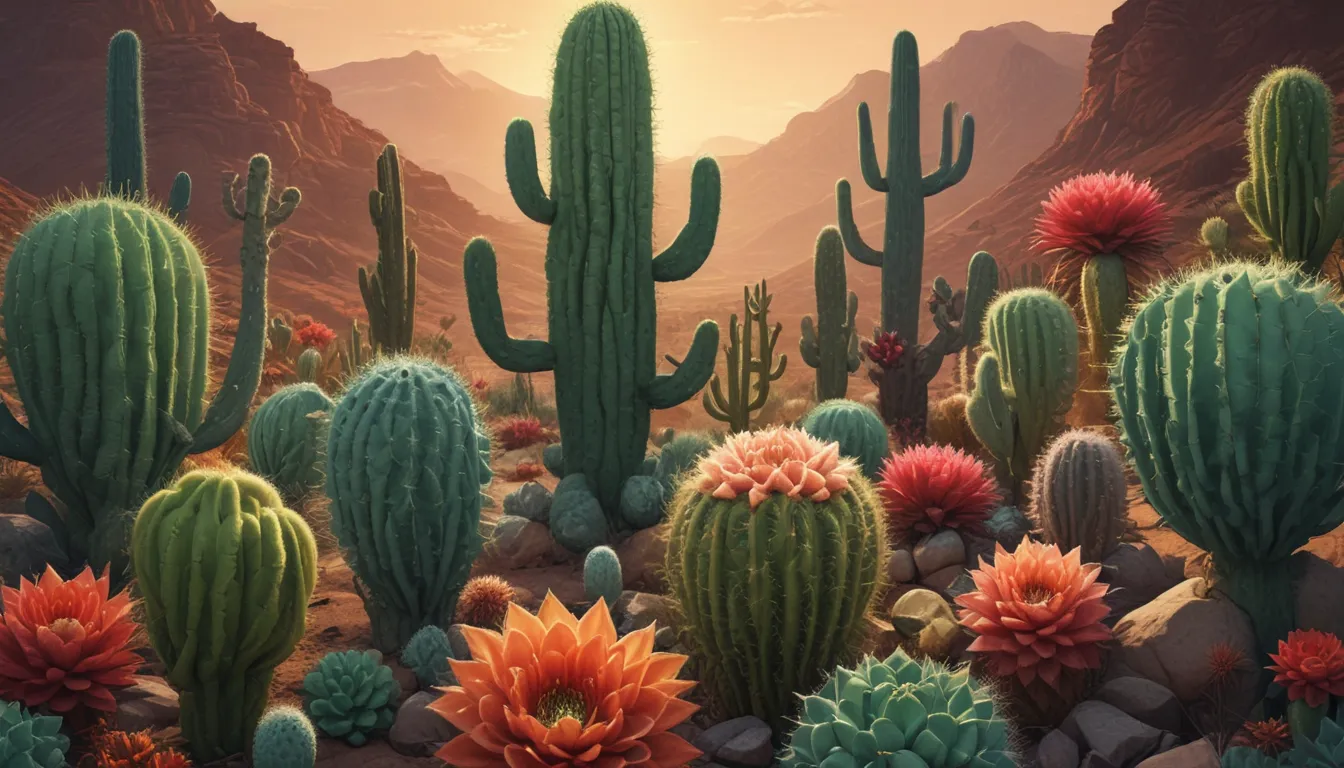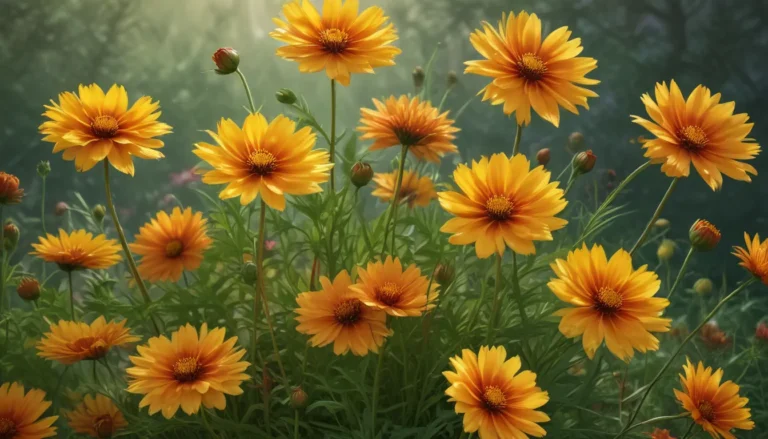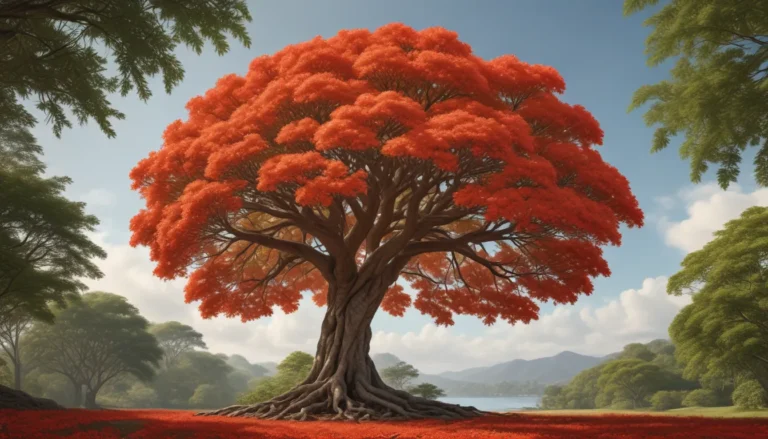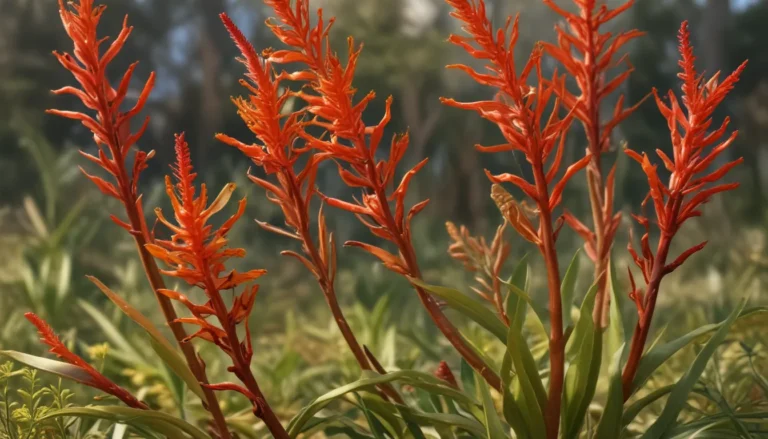The pictures we use in our articles might not show exactly what the words say. We choose these pictures to make you interested in reading more. The pictures work together with the words but don’t take their place. The words still tell you the important facts.
Are you fascinated by the resilience and beauty of plants that thrive in the harshest environments? If so, cacti are sure to capture your interest. These remarkable succulents have been adapting to various climates and environments for millions of years, symbolizing endurance and strength in the plant kingdom. In this article, we'll delve into 11 fun and intriguing facts about cacti that will deepen your appreciation for these extraordinary plants. Whether you're a plant enthusiast or simply curious about the wonders of nature, join us on a captivating journey through the world of cacti.
The Age-Old Resilience of Cacti
Cacti have been around for millions of years, showcasing their ability to survive in harsh conditions and adapt to diverse environments. Their longevity and endurance make them symbols of strength in the plant kingdom, inspiring awe and admiration among nature enthusiasts.
A Diverse Array of Shapes and Sizes
From the majestic Saguaro cactus to the delicate pincushion cactus, these plants exhibit a stunning diversity in their physical appearances. The wide range of shapes and sizes adds to their allure, making them captivating subjects for botany enthusiasts and nature lovers alike.
Versatile Habitat Adaptation
Cacti are found in a variety of habitats, including deserts, grasslands, and even tropical rainforests. Their adaptability to different environments has allowed them to spread across the Americas, from the southwestern United States to the Andes Mountains in South America.
Centuries of Life
Certain cacti species can live for centuries, with some individuals surviving for hundreds of years under favorable conditions. These long-lived plants serve as living testaments to the passage of time and the resilience of nature.
Blooms of Beauty
Contrary to popular belief, cacti produce stunning flowers in vibrant colors such as pink, red, yellow, and white. These blooms stand out against the arid landscapes where cacti thrive, adding a touch of natural beauty to these harsh environments.
Water-Storing Wonder Plants
One of the most remarkable features of cacti is their ability to store water in their stems, enabling them to survive in arid regions where water is scarce. This adaptation allows them to endure prolonged periods of drought, making them well-suited for desert climates.
Edible Delights from the Desert
Certain cacti species, like the prickly pear cactus, have been used as a food source by indigenous cultures for centuries. The fleshy pads (nopales) and sweet fruits (tunas) are not only edible but also rich in nutrients, showcasing the multifaceted utility of these remarkable plants.
Medicinal Marvels
Some cacti species have medicinal properties and have been used for traditional healing purposes. For example, the San Pedro cactus is revered in South America for its potential therapeutic effects, highlighting the plant's value beyond its ornamental appeal.
Ornamental Elegance
Due to their unique appearance and low-maintenance requirements, cacti have become popular choices for indoor and outdoor ornamental plantings. Their striking forms and minimal water needs make them ideal additions to gardens, xeriscapes, and interior spaces.
Cultural Significance
In many cultures, cacti hold symbolic meanings and are integrated into various traditions and ceremonies. Whether in Native American rituals or modern celebrations, cacti continue to play a significant role in cultural practices and artistic expressions.
Ecosystem Support
Despite their rugged exteriors, cacti provide vital support to desert ecosystems by offering shelter, food, and nesting sites to a diverse array of wildlife. Birds, insects, and small mammals benefit from the presence of cacti, contributing to the overall biodiversity and ecological balance of arid regions.
Cacti, with their fascinating characteristics and rich history, continue to captivate people around the world. The "11 Fun Facts About Cacti" shed light on the remarkable diversity and significance of these iconic plants, showcasing their enduring appeal and ecological importance. Whether admired for their resilience, cherished for their beauty, or revered for their cultural and medicinal value, cacti stand as remarkable symbols of nature's ingenuity and adaptability.
Cacti: Nature’s Resilient Wonders
Cacti are truly fascinating plants that have adapted to thrive in some of the harshest environments on Earth. From their unique physical characteristics to their impressive survival strategies, cacti demonstrate nature's remarkable resilience and ingenuity. As we've explored the 11 fun facts about cacti, it's clear that these plants are not only visually striking but also hold a wealth of botanical marvels. Whether you're a plant enthusiast, a desert aficionado, or simply curious about the wonders of the natural world, cacti offer a captivating subject for exploration and appreciation.
FAQs
What makes cacti different from other types of plants?
Cacti are distinguished by their ability to store water in their stems and leaves, allowing them to survive in arid environments where other plants cannot.
Are there different types of cacti?
Yes, there are over 2,000 species of cacti, ranging from the iconic saguaro cactus to the diminutive pincushion cactus, each with its own unique characteristics and habitats.
Conclusion
Embark on a journey through the captivating world of cacti and uncover the remarkable diversity and significance of these iconic plants. From their resilience in harsh environments to their ornamental beauty and cultural significance, cacti continue to amaze and inspire with their enduring appeal. Explore the wonders of nature with these fascinating succulents and deepen your appreciation for the ingenuity and adaptability of cacti.






